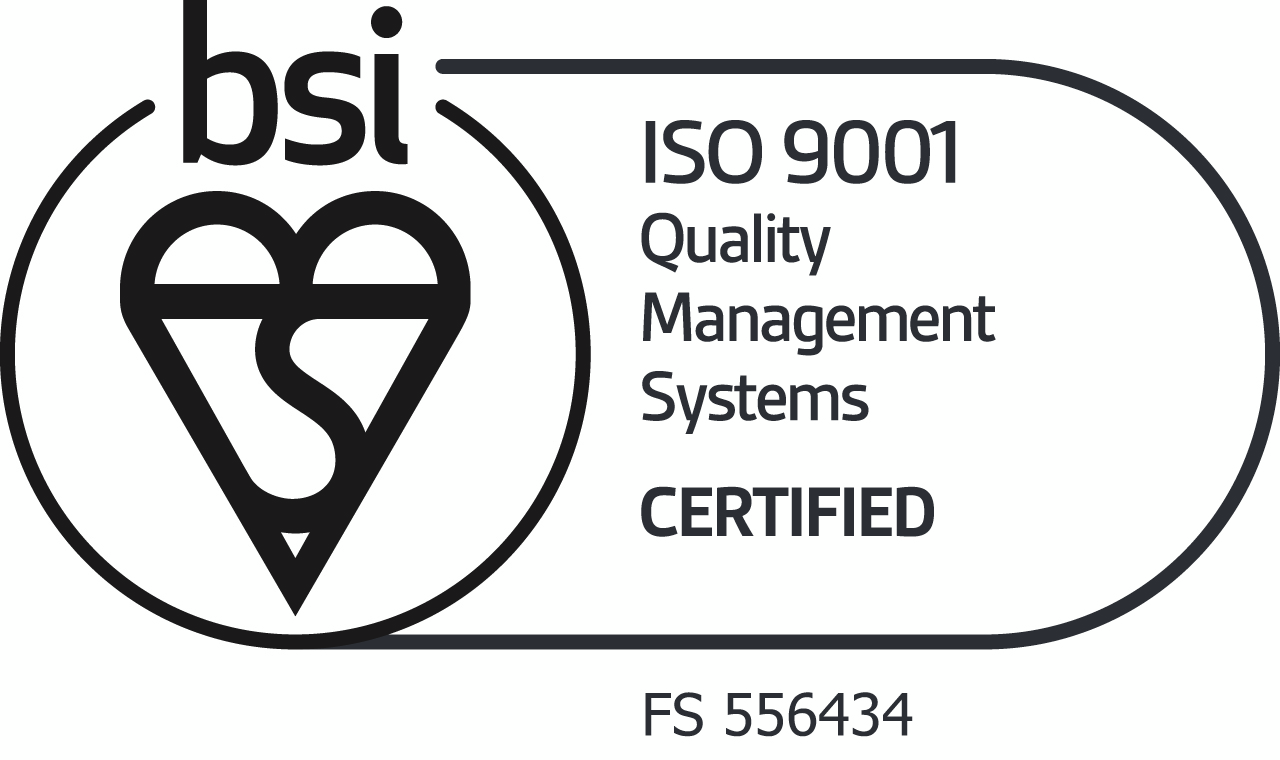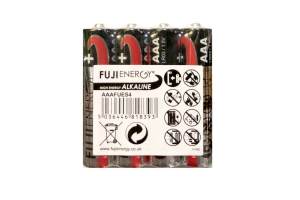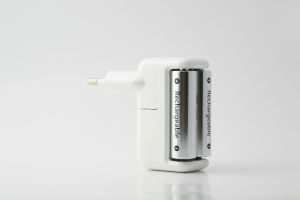
What Happens If You Put Non-Rechargeable Batteries in a Battery Charger?
Are you curious to know what happens if you put non-rechargeable batteries in a battery charger? It's a common question that many people have asked, and it's important to understand the potential consequences of this action. In this article, we will explore the dangers and outcomes of using non-rechargeable batteries in a battery charger. While it may be tempting to try charging a non-rechargeable battery, it's crucial to remember that these batteries are not designed for recharging. Unlike rechargeable batteries, they lack the necessary components to handle the charging process safely. Attempting to charge a non-rechargeable battery can lead to overheating, leakage, or even explosion in some cases. To prevent any damage or harm, it's always recommended to use the correct type of battery for your specific charger. Rechargeable batteries are specifically designed to withstand the charging process and can be safely reused multiple times. On the other hand, non-rechargeable batteries are meant for single-use only and should be disposed of properly once depleted. Join us as we delve deeper into the topic and uncover the consequences of putting non-rechargeable batteries in a battery charger. Stay tuned for valuable insights and essential tips to keep yourself and your devices safe.
Types of Batteries
There are two main types of batteries:
1. Primary (non-rechargeable) batteries: These include alkaline, zinc-carbon, and lithium batteries.
2. Secondary (rechargeable) batteries: These include nickel-cadmium (NiCd), nickel-metal hydride (NiMH), lithium-ion (Li-ion), and lead-acid batteries.
Difference Between Rechargeable and Non-Rechargeable Batteries
Rechargeable batteries:
- Can be recharged multiple times
- Have a higher initial cost but are more cost-effective in the long run
- Contain special chemicals that allow for reversible electrochemical reactions
Non-rechargeable batteries:
- Are designed for single use
- Are typically cheaper upfront
- Have a simpler chemical composition not designed for recharging
The Dangers of Charging Non-Rechargeable Batteries
Attempting to charge non-rechargeable batteries can lead to:
1. Overheating: The battery may become extremely hot
2. Leakage: Chemicals inside the battery can leak out
3. Explosion: In severe cases, the battery may rupture or explode
4. Release of toxic gases: Some batteries may emit harmful fumes
Potential Damage to the Battery Charger
Using non-rechargeable batteries in a charger can also:
1. Damage the charging circuitry
2. Cause electrical short circuits
3. Render the charger unusable for future use
4. Void the charger's warranty
How to Properly Dispose of Non-Rechargeable Batteries
1. Check local regulations for battery disposal
2. Use designated battery recycling bins
3. Take batteries to specialized recycling centers
4. Never dispose of batteries in regular trash
Common Misconceptions About Charging Non-Rechargeable Batteries
1. Myth: All batteries can be recharged
Reality: Only batteries designed for recharging should be recharged
2. Myth: It's safe to try charging a non-rechargeable battery once
Reality: Even a single attempt can be dangerous
3. Myth: Non-rechargeable batteries will simply not charge
Reality: They may heat up and cause damage even if they don't recharge
Alternatives to Non-Rechargeable Batteries
1. Rechargeable NiMH batteries for everyday devices
2. Rechargeable Li-ion batteries for high-drain devices
3. Solar-powered alternatives for outdoor equipment
4. USB-rechargeable options for portable electronics
Tips for Using Battery Chargers Safely
1. Always read the charger's instructions carefully
2. Use only the type of batteries specified for the charger
3. Inspect batteries and chargers regularly for signs of damage
4. Store batteries and chargers in a cool, dry place
5. Never leave charging batteries unattended
6. Unplug the charger when not in use
Conclusion: Importance of Using the Correct Batteries for Your Battery Charger
In conclusion, it's crucial to use the correct type of batteries in your battery charger. Attempting to charge non-rechargeable batteries is not only ineffective but also potentially dangerous. It can lead to damage to both the batteries and the charger, and in worst-case scenarios, cause injury. By understanding the differences between rechargeable and non-rechargeable batteries and following proper usage guidelines, you can ensure the safety of your devices and yourself. Always opt for rechargeable batteries when you need a power source that can be used multiple times, and dispose of non-rechargeable batteries responsibly when they're depleted. Remember, safety should always be your top priority when dealing with any type of battery or electrical device.
For more information on battery types, chargers, and safe usage practices, visit www.baruch.co.uk. We offer a wide range of high-quality rechargeable batteries and chargers to meet all your power needs safely and efficiently.
Explore our range of UltraMax LiFePO4 Batteries!













